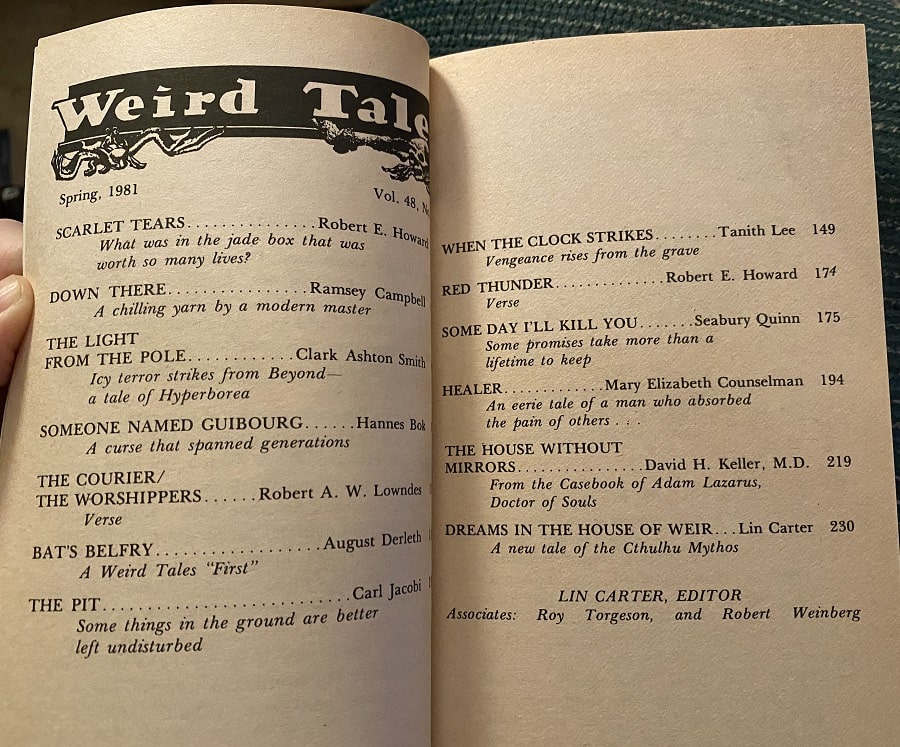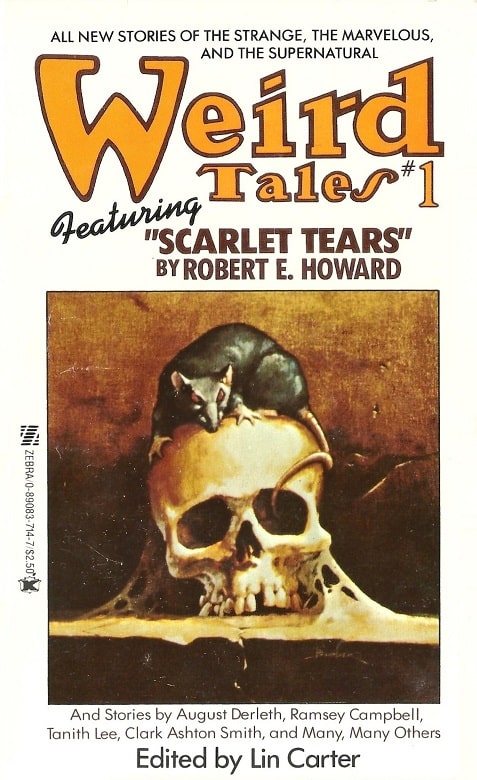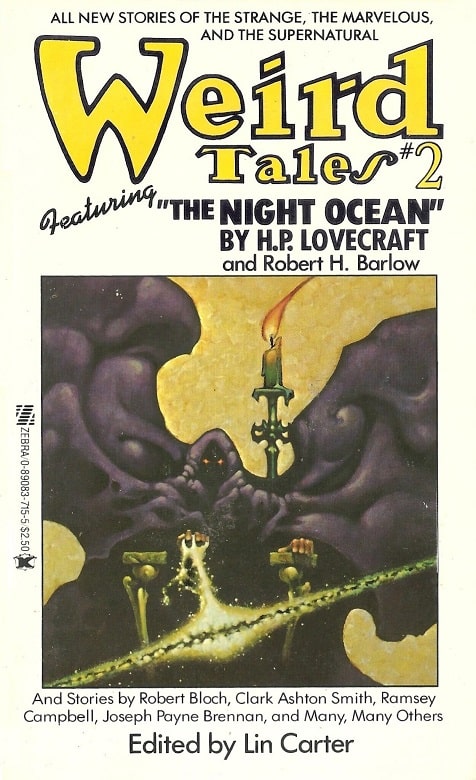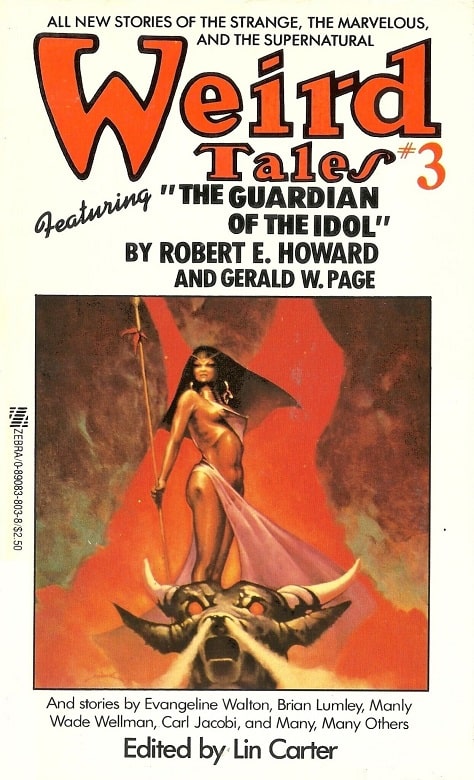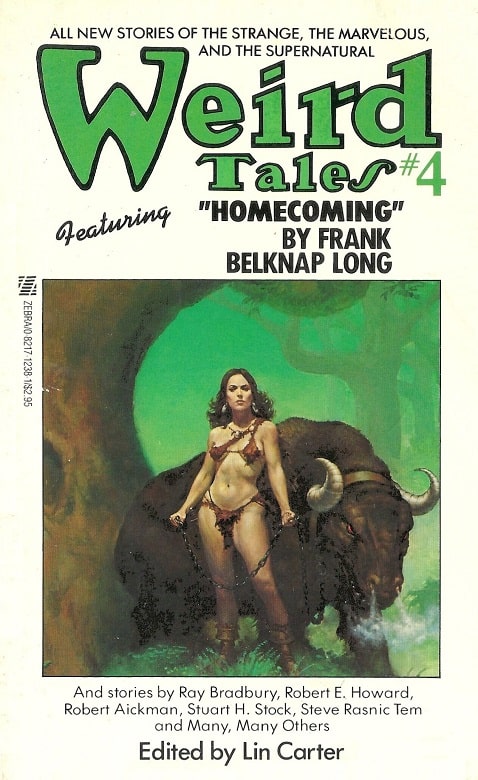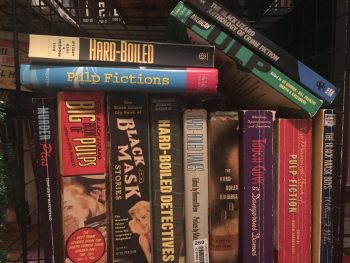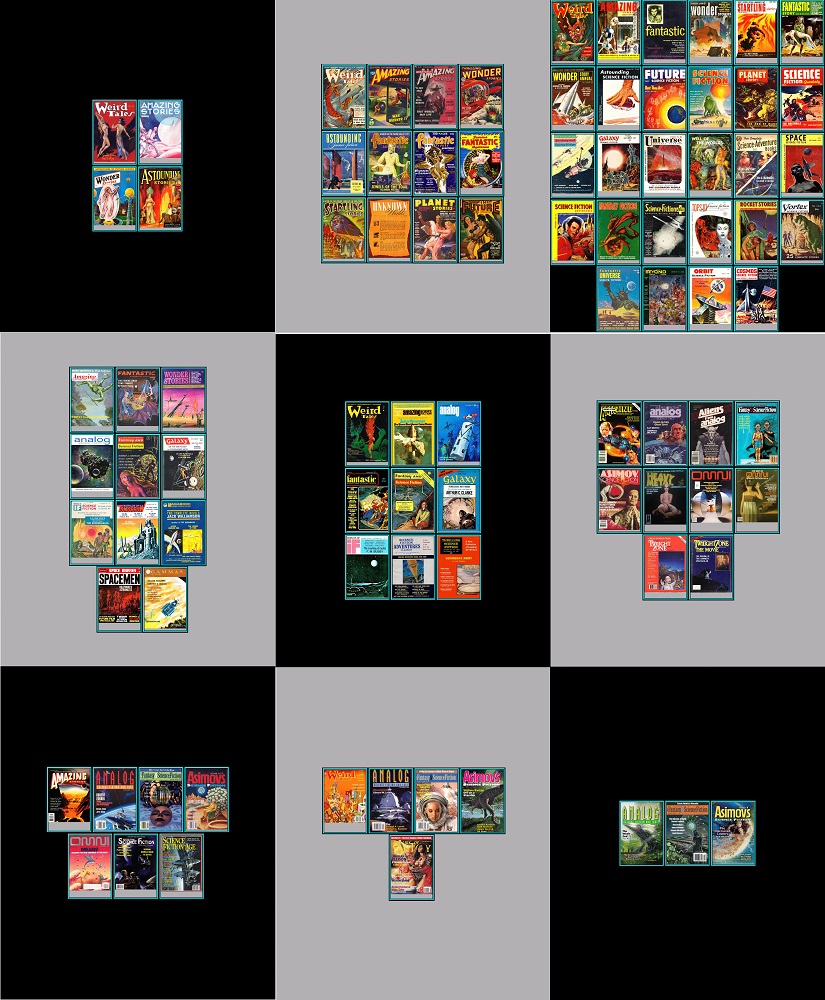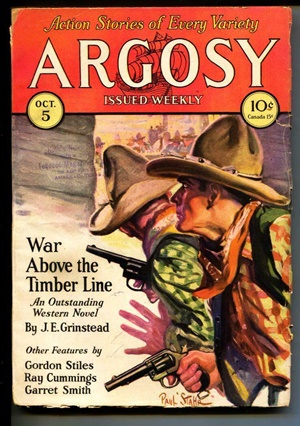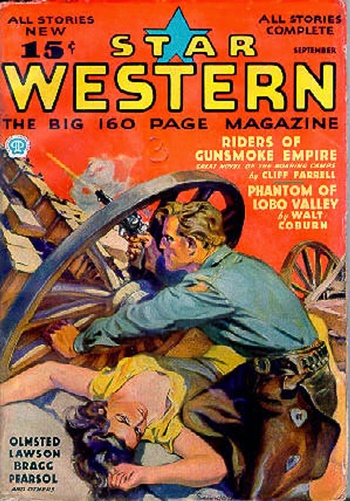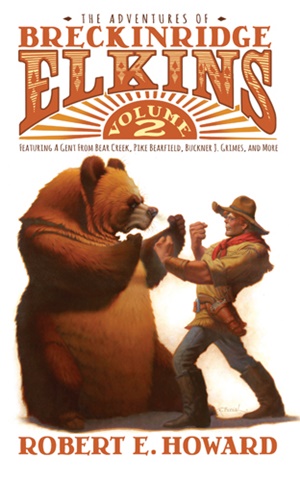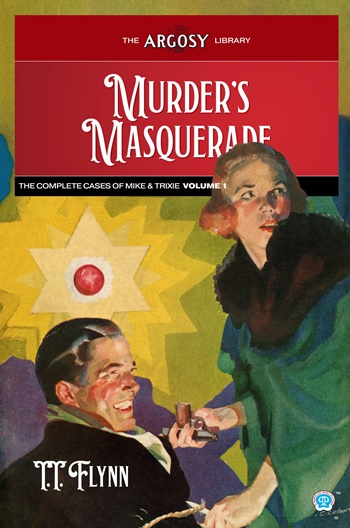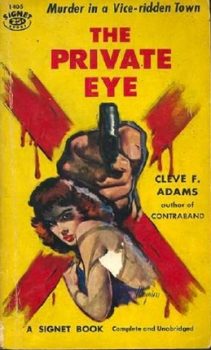A (Black) Gat in the Hand: James Reasoner on Trail Towns in the Traditional Westerns of REH
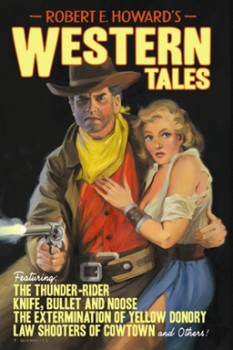
The first big series I did here at Black Gate was Discovering Robert E. Howard. And I was excited to get one of my favorite Westerns writers, the beyond-prolific, James Reasoner, to talk about REH’s Westerns. Continuing on with our recent Westerns theme, here’s James’ essay on trail towns in REH’s traditional Westerns. Saddle up and hit the trail!
When Robert E. Howard was growing up in Cross Plains in the 1920s, it was entirely possible that some of the older men in town might have gone on cattle drives in their youth, as the great trails from Texas to the railheads in Kansas opened up after the Civil War and changed the focus of the Lone Star State’s economy. Whether a young Bob Howard ever listened to these old cowboys spin yarns about those days, we don’t know, but he certainly might have.
J. Marvin Hunter’s classic book Trail Drivers of Texas appeared in 1927, and this volume might well have caught Howard’s interest, too, although we have no record of him ever reading it.
What we do know, however, is that Howard wrote several Western stories in which the trail towns which served as destination points for those great herds of Longhorns play an important part, beginning with “Gunman’s Debt”, which went unpublished during Howard’s lifetime but is one of his best Westerns. It’s set in the small Kansas settlement of San Juan, and although Howard tells us that the rails and the trail herds haven’t reached it yet, it’s clear that they’re on the way. San Juan is new and raw and more than a little squalid:
Three saloons, one of which included a dance hall and another a gambling dive, stables, a jail, a store or so, a double row of unpainted board houses, a livery stable, corrals, that made up the village men now called San Juan.
